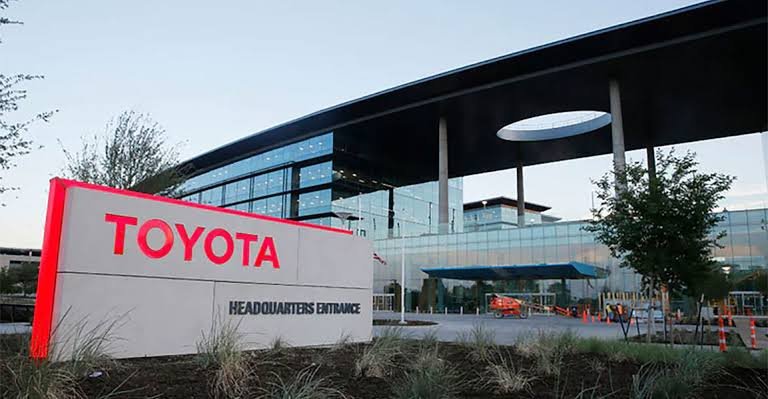A quick and quiet deal has changed the game for the largest mass timber office building in Texas. Auto financing giant Toyota Financial Services will be occupying the entirety of The Offices at Southstone Yards, a 242,300-square-foot seven-story, Class AA building in Frisco.
The company is expected to bring 1,000 employees to the area as a result.
Developed by Crow Holdings and designed by Duda Paine Architects in partnership with Gensler, construction was mostly completed by May 2024, but it was still awaiting a tenant by October—as noted by the Dallas Business Journal. The tides began to turn in the fourth quarter of 2024, when Toyota Financial Services reached out about occupying the space.
“We had reached out to them many times over the years, just given their proximity,” said Cody Armbrister, senior managing director at Crow Holdings Development and head of the company’s office team. “And our leasing team has done a great job of trying to uncover every stone possible.”
By the time Toyota did signal interest in the building, they were identified merely as an undisclosed tenant that was a large, very reputable company. “This deal moved very, very quickly,” Armbrister said.
It also had to be kept quiet as the organization was etching out its return-to-office strategy. “We had to work very efficiently, very quietly, and there had to be a lot of trust between our two organizations in order to close such a transaction,” Armbrister said.
The result was a pressure-cooker situation that created a foundation for trust in a compressed amount of time. “It’s a little bit like speed dating,” Armbrister said. “We had to speed date, and we walked away from the date and said, ‘God, this is really who we want to be a partner with long term.’ So that was very, very unique about the transaction.”
JLL represented the tenant, and CBRE’s Trey Smith served as broker for the building. “I can’t think of a better long-term business pairing than Crow Holdings Development and Toyota Financial Services,” Smith said in a statement.
It helped that Toyota had watched the building go vertical from its North American headquarters across the street, Armbrister said. “I think because they were familiar with the area in general, and they had watched the product come out of the ground, they were confident in the quality and in what we were trying to create at Southstone Yards,” he said. “And that was a key ingredient for accelerating this process and us ultimately signing a lease with them.”
For Armbrister, the Toyota lease is a powerful endorsement for the Southstone Yards product, but it’s also a north star when it comes to future office occupancy choices post pandemic. “When you see these large transactions happen, I think it’s good for the market overall, because it’s just showing confidence of occupiers to say, ‘This is what we want, and we’re willing to put our money where our mouth is,’” Armbrister said. “So I think from a psychological standpoint, it’s really, really important for the market overall.”
It helped that the company understood the benefits of the building’s mass timber and biophilic elements, which both gave the structure a health and wellness focus.
“This is exactly who we designed the building for,” Armbrister said. “We designed the building for a forward-thinking company that wanted to view their office needs and their office real estate really as a value proposition for their own goals and objectives.”
The office building is just the first phase of a broader mixed-use development that will expand across 45 acres. Restaurants, hospitality, multifamily, and park uses are also on the way, as well as a second 338,000-square-foot office building. The company is also nearing completion on a three-building expansion at Old Parkland in Dallas.
“I think 2025 is going to be a big year, both for the suburbs as well as the core of Dallas, where confidence is back for occupiers to make decisions,” Armbrister said. “They have been very, very patient in putting off those decisions for a long time. The economy is in a great spot from a growth standpoint, and I think occupiers are ready to finally reimagine what the office looks like for them going forward, and they have confidence for their own business standpoint, to make those decisions.”



